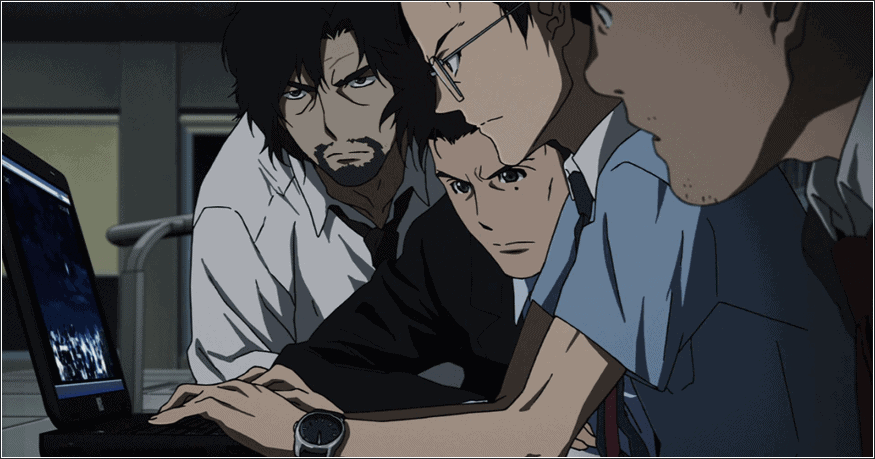The differences between girls and boys in high school are as clear as they can be, with their presentation in cinema bordering on cliche. However, what would happen if this depiction happened through a role reversal scheme? Satoru Hirohara gives an answer through “Girls and Boys”.
Girls and Boys is screening at Osaka Asian Film Festival

The 45-minute film starts in documentary style, with six male and female students, who have already switched roles including clothes and mannerisms, talking about their respective gender in the school environment (that is the boys who act like girls talk about their lives as girls and vice versa). Comments like how school, and society essentially, perceives girls as more responsible, actually asking them to act in that fashion, while constantly excusing the boys whose immaturity is to be expected, echo quite realistic. One of the “girls” states specifically, “Girls are expected to be meticulous, boys can be sloppy. That's not fair”, synopsizing this part quite eloquently.
In the second part, the protagonists are tasked with cleaning a playhouse, continuing to act in the same, opposite of their sex, manner. Again, as we watch the girls discussing various topics, and gossiping, the boys are placing bets and competing on whatever is in front of them, while two of them eventually end up fighting. A heated discussion among the two groups eventually has a “girl” running away, offended by the comment of a boy, with another one functioning as intermediate to depressurize the situation.
The third part is even more meta, as it is revealed that the whole thing was a task by their teacher to act out a story where genders are reversed, with them eventually starting moving around town in three pairs, discussing what they realized after the play.
Subscribe to AMP newsletter by clicking on the image below

Satoru Hirohara's approach to his narrative is as refreshing as it is funny and entertaining, with the way the switching of mannerisms and style of talking in particular is presented, being bound to make any viewer laugh. At the same time, that all the comments presented through this approach echo as rather realistic adds value to the narrative, which definitely moves much beyond the comedy.
That, as time passes, the students look like as if playing in a stage play, in ‘film-about-a-film' fashion (film about a stage play if you prefer) also works well, while the way the third part reveals what is going on adds yet another level to the story, cementing the rather intricate narrative approach here.
The last part, which includes a road-movie element, and the stopping of the role reversal, is the most beautiful in the movie, with the scenes with the blooming sakura definitely staying on mind, but also the most tame, even if the dialogues are also intricate on occasion, particularly in the ‘mixed' couple that is shaped.
The editing emerges as one of the best aspects of the film, both for the relatively fast pace and for the way the many different cinematic approaches and the three parts are connected. Lastly, the acting by all the teenagers is on a rather high level, with them exhibiting a wonderful chemistry, in a trait that should also be attributed to the director.
“Girls and Boys”, is smart, funny, original, and in general, a breath of fresh air that is bound to make its audience have a good time while also providing food for thought.















